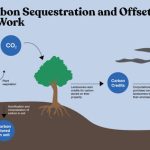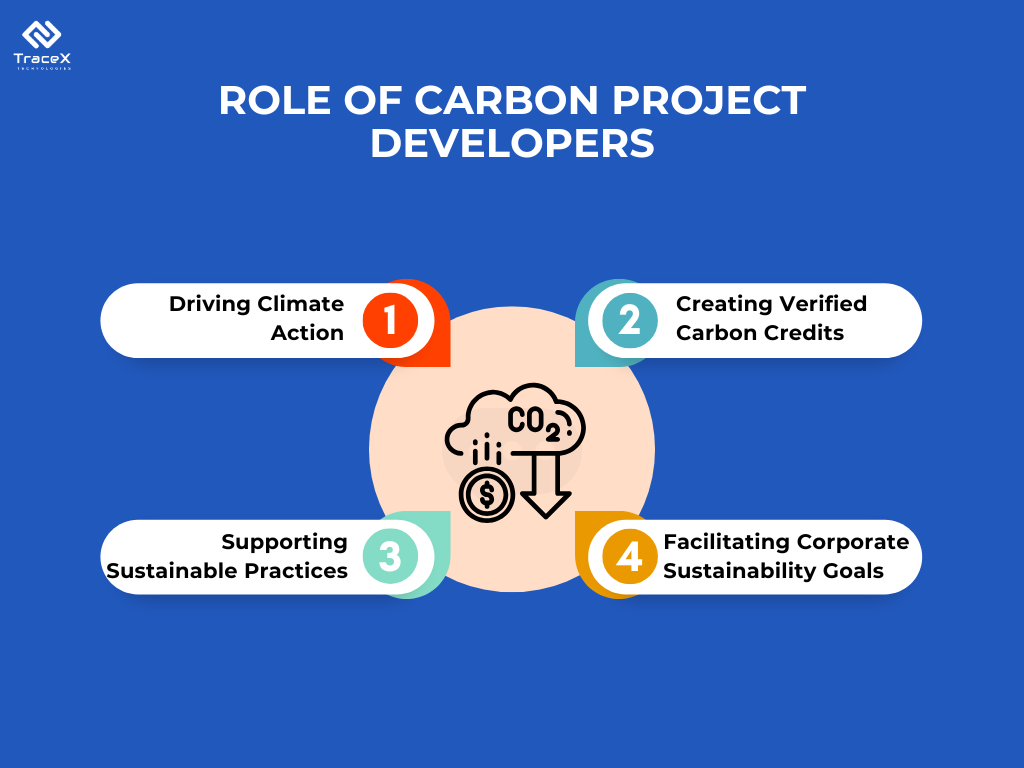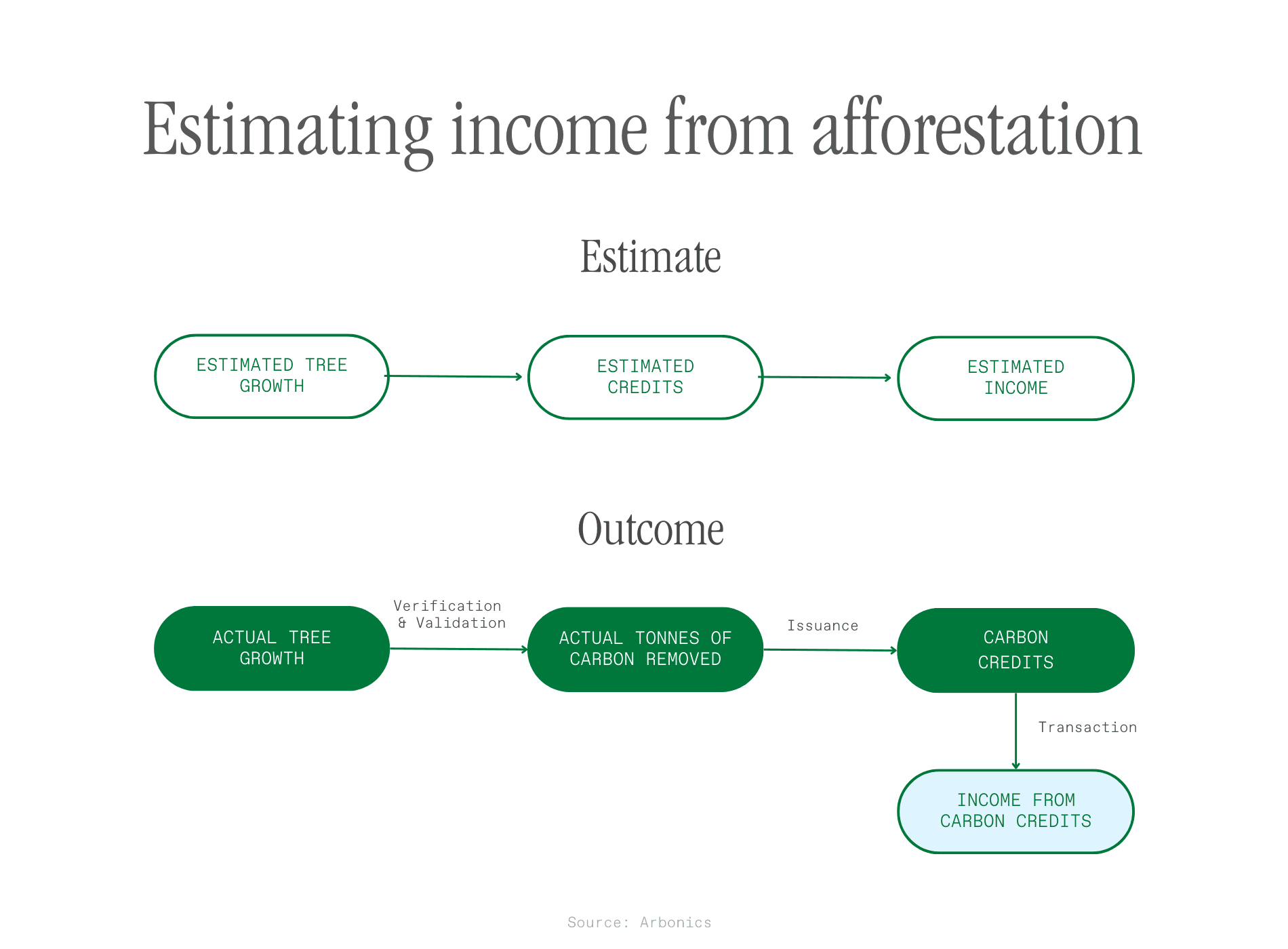In the rapidly evolving landscape of carbon markets, the success of carbon projects hinges on more than just innovative technologies or environmental impact. A critical yet often overlooked factor is the thorough understanding of market dynamics before project development begins. Carbon project developers face increasing pressure to deliver measurable results, but without a deep analysis of market trends, demand, and regulatory frameworks, even the most well-intentioned initiatives can fall short. This article explores the importance of market research in carbon project development, highlighting how a strategic, market-informed approach can enhance project viability, attract investment, and ultimately contribute to meaningful climate action.

- Carbon Project Developers, Do You Really Study the Market Before Developing a Project?
- What is the role of a carbon project developer?
- What is a carbon project developer?
- Frequently Asked Questions (FAQ)
- Why is market research crucial for Carbon Project Developers?
- What are the key factors Carbon Project Developers should analyze before starting a project?
- How does market analysis influence the design of carbon projects?
- What are the risks of not conducting market research before developing a carbon project?
Carbon Project Developers, Do You Really Study the Market Before Developing a Project?
Carbon project developers play a crucial role in addressing climate change by creating projects that reduce greenhouse gas emissions. However, the success of these projects often hinges on whether developers thoroughly study the market before initiating them. Understanding market dynamics, demand, and regulatory frameworks is essential to ensure the project's viability and long-term impact. Below, we explore key aspects that developers should consider before embarking on a carbon project.
1. Understanding Market Demand for Carbon Credits
Before developing a carbon project, it is vital to assess the market demand for carbon credits. Developers must analyze which sectors are actively purchasing credits, the volume of credits being traded, and the price trends. This information helps in aligning the project with market needs and ensuring financial sustainability.
See Also Insights from Nepal: My Journey in Carbon Credit Generation
Insights from Nepal: My Journey in Carbon Credit Generation| Key Factor | Description |
|---|---|
| Market Trends | Analyze historical and current trends in carbon credit trading. |
| Buyer Preferences | Identify industries or companies actively purchasing credits. |
| Price Fluctuations | Monitor price changes to predict future market behavior. |
2. Evaluating Regulatory Frameworks
Regulatory frameworks significantly influence the success of carbon projects. Developers must stay updated on local and international regulations governing carbon credits, including compliance standards and certification requirements. Failure to comply can lead to project delays or rejection.
| Key Factor | Description |
|---|---|
| Compliance Standards | Ensure the project meets all legal and regulatory requirements. |
| Certification Bodies | Identify recognized organizations for project validation. |
| Policy Changes | Monitor potential changes in carbon-related policies. |
3. Assessing Project Feasibility
A thorough feasibility study is essential to determine whether a carbon project is viable. This includes evaluating the technical, financial, and environmental aspects of the project. Developers must also consider the availability of resources and potential risks.
| Key Factor | Description |
|---|---|
| Technical Feasibility | Evaluate the technology and methods required for the project. |
| Financial Viability | Assess the costs and potential revenue streams. |
| Environmental Impact | Ensure the project delivers measurable emission reductions. |
4. Identifying Stakeholders and Partnerships
Successful carbon projects often rely on strong stakeholder engagement and strategic partnerships. Developers must identify key stakeholders, including local communities, investors, and government agencies, to gain support and ensure smooth implementation.
See Also Need Help Turning Tree Planting and Treated Wastewater Use into Carbon Credits
Need Help Turning Tree Planting and Treated Wastewater Use into Carbon Credits| Key Factor | Description |
|---|---|
| Community Involvement | Engage local communities to ensure their participation and support. |
| Investor Relations | Secure funding and maintain transparent communication with investors. |
| Government Collaboration | Work with government bodies to align with national climate goals. |
5. Monitoring and Reporting Mechanisms
Effective monitoring and reporting are critical for the credibility and success of carbon projects. Developers must establish robust systems to track project performance, measure emission reductions, and report outcomes transparently.
| Key Factor | Description |
|---|---|
| Data Collection | Implement systems to gather accurate and reliable data. |
| Performance Metrics | Define clear metrics to evaluate project success. |
| Transparency | Ensure all reporting is accessible and verifiable by stakeholders. |
What is the role of a carbon project developer?

Understanding the Role of a Carbon Project Developer
A carbon project developer is responsible for designing, implementing, and managing projects that reduce or remove greenhouse gas emissions. These projects are often part of broader climate change mitigation strategies and can include activities like reforestation, renewable energy installations, or methane capture from landfills. The developer ensures that the project meets specific standards and can generate carbon credits, which are tradable certificates representing a reduction in emissions.
See Also Tech Giants Join Forces for Carbon Credits: Behind the Hype
Tech Giants Join Forces for Carbon Credits: Behind the Hype- Identify potential projects that align with emission reduction goals.
- Conduct feasibility studies to assess the environmental and financial viability of the project.
- Ensure compliance with international standards such as the Verified Carbon Standard (VCS) or the Gold Standard.
Project Design and Documentation
The developer is tasked with creating detailed project design documents (PDDs) that outline the methodology, baseline emissions, and expected outcomes. This documentation is critical for obtaining approval from regulatory bodies and for the issuance of carbon credits.
- Develop a comprehensive project design document (PDD).
- Define the baseline scenario and calculate expected emission reductions.
- Submit the PDD for validation by third-party auditors.
Stakeholder Engagement and Community Involvement
Effective carbon projects often require collaboration with local communities, governments, and other stakeholders. The developer must ensure that the project benefits all parties involved and adheres to principles of social and environmental responsibility.
- Engage with local communities to gain support and address concerns.
- Collaborate with government agencies to secure necessary permits and approvals.
- Ensure that the project contributes to sustainable development goals (SDGs).
Monitoring, Reporting, and Verification (MRV)
Once the project is operational, the developer must implement a robust MRV system to track its performance. This involves collecting data, reporting on progress, and undergoing periodic verification by independent auditors to ensure the project continues to meet its objectives.
- Establish a monitoring system to collect accurate data on emission reductions.
- Prepare regular reports for stakeholders and regulatory bodies.
- Facilitate third-party verification to maintain credibility and transparency.
Carbon Credit Issuance and Market Participation
After successful verification, the developer can issue carbon credits, which can be sold in carbon markets. The developer must navigate these markets, negotiate contracts, and ensure that the credits are used to offset emissions effectively.
- Issue carbon credits based on verified emission reductions.
- Engage with carbon markets to sell or trade credits.
- Ensure that buyers use the credits to meet their emission reduction targets.
What is a carbon project developer?

What is a Carbon Project Developer?
A carbon project developer is an entity or organization responsible for designing, implementing, and managing projects aimed at reducing or removing greenhouse gas (GHG) emissions from the atmosphere. These projects are often part of carbon offset programs, where the reductions or removals are quantified and sold as carbon credits to individuals, companies, or governments seeking to offset their emissions. Developers play a critical role in ensuring that projects meet rigorous standards, such as those set by the Verified Carbon Standard (VCS) or the Gold Standard, to ensure environmental integrity and credibility.
Roles and Responsibilities of a Carbon Project Developer
The primary responsibilities of a carbon project developer include:
- Project Design: Creating detailed plans that outline how the project will reduce or remove emissions, including methodologies and technologies to be used.
- Regulatory Compliance: Ensuring the project adheres to local, national, and international regulations and standards.
- Stakeholder Engagement: Collaborating with local communities, governments, and investors to gain support and ensure the project's success.
Types of Carbon Projects Developed
Carbon project developers work on a variety of project types, including:
- Renewable Energy Projects: Such as wind farms, solar installations, and hydropower plants that replace fossil fuel-based energy sources.
- Reforestation and Afforestation: Planting trees or restoring forests to absorb CO2 from the atmosphere.
- Energy Efficiency Initiatives: Implementing technologies or practices that reduce energy consumption in industries or households.
Key Skills Required for Carbon Project Developers
To succeed in this field, developers need a combination of technical and soft skills, such as:
- Environmental Science Knowledge: Understanding of climate science, carbon cycles, and emission reduction techniques.
- Project Management: Ability to oversee complex projects from inception to completion.
- Financial Acumen: Skills to secure funding, manage budgets, and navigate carbon credit markets.
Challenges Faced by Carbon Project Developers
Developers often encounter several challenges, including:
- High Initial Costs: Many projects require significant upfront investment in technology, infrastructure, and labor.
- Regulatory Hurdles: Navigating complex and evolving regulations can delay project implementation.
- Community Resistance: Gaining the trust and cooperation of local communities can be difficult, especially in sensitive areas.
Importance of Carbon Project Developers in Climate Action
Carbon project developers are essential in the global fight against climate change because they:
- Enable Emission Reductions: By creating projects that directly reduce or remove GHG emissions.
- Facilitate Carbon Markets: By generating tradable carbon credits that incentivize emission reductions.
- Promote Sustainable Development: Many projects also deliver co-benefits, such as job creation, biodiversity conservation, and improved air quality.
Frequently Asked Questions (FAQ)
Why is market research crucial for Carbon Project Developers?
Market research is essential for Carbon Project Developers because it provides a clear understanding of the demand, competition, and regulatory environment in which the project will operate. Without thorough research, developers risk creating projects that may not align with market needs or fail to meet compliance standards. By analyzing market trends, developers can identify opportunities, mitigate risks, and ensure the project's long-term viability and profitability.
What are the key factors Carbon Project Developers should analyze before starting a project?
Before initiating a project, Carbon Project Developers should focus on several critical factors, including carbon credit pricing trends, buyer preferences, geopolitical risks, and technological advancements. Additionally, understanding the local regulatory framework and community impact is vital. These factors help developers design projects that are not only financially viable but also socially and environmentally sustainable, ensuring they meet the expectations of stakeholders and investors.
How does market analysis influence the design of carbon projects?
Market analysis plays a pivotal role in shaping the design of carbon projects. It helps developers identify the most effective carbon reduction strategies and technologies that align with market demand. For instance, if the market shows a preference for renewable energy projects, developers can prioritize solar or wind energy initiatives. Furthermore, understanding market dynamics allows developers to set realistic carbon credit pricing and project timelines, ensuring the project remains competitive and attractive to buyers.
What are the risks of not conducting market research before developing a carbon project?
Failing to conduct market research before developing a carbon project can lead to significant risks, such as financial losses, project delays, and reputational damage. Without a clear understanding of the market, developers may invest in projects that lack demand or face unforeseen regulatory hurdles. Additionally, inadequate research can result in misaligned project goals, making it difficult to secure funding or attract buyers. Ultimately, skipping this step can jeopardize the project's success and long-term sustainability.
Leave a Reply


Our Recommended Articles